Review: Blu Vivo XI+
Aug 29, 2018, 9:00 AM by Eric M. Zeman

Blu's latest flagship is the Vivo XI+, a metal and glass phone that features a liquid design, a solid spec sheet, and Android Oreo. The phone has a notched 2:1 screen, dual cameras on the back, and an octa-core processor with 6 GB of RAM running the show. Here is Phone Scoop's in-depth review of the newest from Blu.
Is It Your Type?
Blu says the Vivo XI+ is a new start for the company. It has a mid-range price point, but the solid spec sheet shows the XI+ aspires to be something more. If you're in the market for an unlocked Android phone, particularly one that supports two SIM cards, the Blu Vivo XI+ is an attractive option.
Body
Blu has changed course. Earlier this summer, we saw a brand new design in the Pure View. Now, that design language has come to Blu's flagship Vivo line. That means the XI+ swaps the metal-backed build of Blu's older phones for a sleek form that emulates today's top flagships.
The Blu Vivo XI+ looks like an all-glass device. The front is formed by curved Gorilla Glass 3. It's matched to a black painted aluminum frame. I like the rounded shape of the frame. The rear panel's shiny, curved look could be glass, but isn't. I didn't know it was plastic until I held the phone. The overall impression you get of the Vivo XI+ is one of class, sophistication, style. It comes in black and silver.
It's smooth all the way around, almost like a river rock. In fact, Blu calls this its liquid design. The corners are rounded nicely, the frame is gently rounded, and the rear panel is curved. These all contribute to the svelte profile.
The shape helps with daily usability. The Vivo XI+ is a big-ish phone. It's a hair over 6 inches tall and a hair under 3 inches wide. I was able to hold and use the phone comfortably, though you'll have to adjust your grip to reach the top of the screen with your thumb. It's mostly a two-handed phone and may be too big for some. I had no trouble dropping the phone into or retrieving it from jeans/shorts pockets. It's slippery, but not slippery enough that you need to worry about it skating out of your grip.
The build and materials are fine. The Gorilla Glass on front and metal frame around the sides are affixed to one another firmly with no gaps. I wish the rear panel were glass. The plastic is thick and glossy. I appreciate the smooth texture. The panel is tucked into the metal frame evenly.
The Gorilla Glass 3 is pure, uninterrupted black from top to bottom; there are no buttons or controls. The display itself vanishes into the face. The screen is notched, meaning there's a cutout at the top for the earpiece and user-facing camera. The shape and size of the notch exactly matches (apes?) that of the iPhone X. The side bezels are thin, the chin is minimal. It's the all-screen look that's in favor now.
Blu positioned the screen lock / power button on the right edge. It has a fine profile and a smooth texture. Travel and feedback are great. The volume toggle is above the screen lock button. It has the same texture and feedback as the screen lock button, but is about 3x longer to help differentiate the two. The SIM / memory card tray is perched high on the left edge. A SIM tool is need to eject it, and it requires some effort to extract. The tray supports either one SIM and one memory card, or two SIM cards. One SIM slot is nano-sized (4FF) and the other is micro-sized (3FF).
Side Buttons
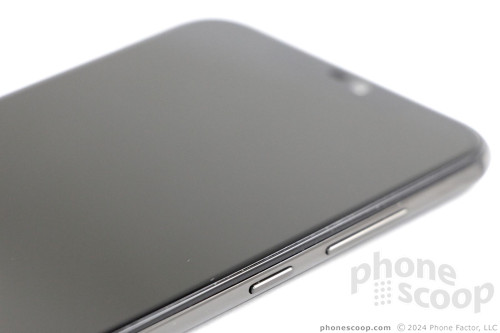
Apple, Google, and Motorola have taken heat for removing the 3.5mm headphone jack from their phones. For some reason, Blu thinks it has the market clout to do the same thing. This is an odd choice for a mid-range phone. At least Blu had the sense to include a 3.5mm adapter in the box, which plugs into the USB-C port on the bottom. Still.
Black Plastic
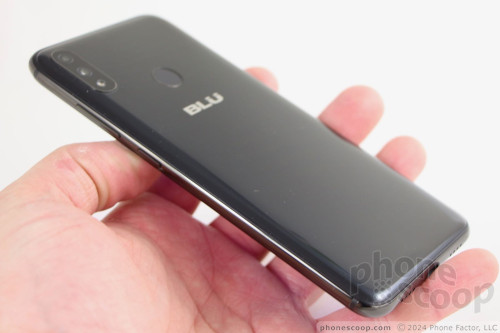
A fingerprint reader is carved into the plastic on back. It's pretty high up, but still easy to find and use. It's indented just a small bit and has its own glossy finish. The camera module, which strongly resembles the one of the iPhone X, is pushed into the top left corner of the rear panel. It features two lenses and an LED flash. The remainder of the rear is mirror-like. Too bad it's so easily smudged with fingerprints.
Camera Module

In all, the Vivo XI+ is another step in the right direction for Blu. It's not without fault, but most people can tote the phone with pride.
Screen
Blu is going for broke with the Vivo Xi+'s display. It measures 6.2 inches across the diagonal, which includes the notch area. The 19:9 aspect ratio boasts full HD+ resolution with 2,246 by 1,080 pixels for a pixel density of 402ppi. It's the best display I've seen on a Blu device. It's bright, colorful, and sharp. I was easily able to see the screen when outdoors under full sunlight. The colors pop off the screen. Text and on-screen graphics are as clean as could be. Viewing angles are quite good.
Notch
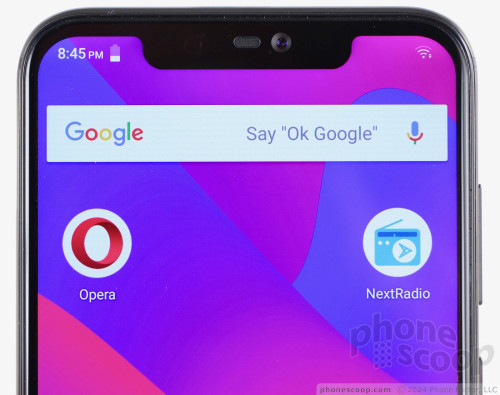
The XI+ includes all the display management tools found on more expensive flagships. You can alter the color tint, brightness, and night/reading filter. The phone also lets you adjust older apps to fill the 19:9 screen.
Signal
Blu is selling the Vivo XI+ unlocked from Amazon.com. It supports the basic LTE bands for use on AT&T/Cricket and T-Mobile/MetroPCS. It lacks the newest bands for AT&T (29/30) and T-Mobile (71). This means you may experience uneven service when the cell site is congested.
As for making calls, the Vivo XI+ managed to connect the majority on the first dial. Some required two dials. The phone also dropped one call on the highway. This puts call performance on par with other mid-range, unlocked phones I've tested on AT&T.
The phone features a Cat 6 modem, which permits maximum theoretical download speeds of 300 Mbps. The phone felt quick while performing everyday activities such as reading email, browsing Facebook, and surfing the web. So, too, was streaming audio and video content over LTE. The XI+ gave me no trouble with Spotify and YouTube.
Sound
The Vivo XI+ is an average voice phone. It didn't blow me away, but I wasn't disappointed either. Calls were generally free of distortion and the volume provided enough oomph so I was able to hear calls in semi-noisy spaces.
The speakerphone puts out plenty of air, as well, and provided for mostly clean conversations. I heard a small amount of distortion when the volume was set up all the way. During those times, I was able to hear calls in moving cars, in office spaces, and on city streets.
Ringers and alerts are definitely loud enough to grab your ear, and the vibrate motor can ensure it's felt in your pocket.
Battery
The Vivo XI+ has a surprising feature at this price point: wireless charging. Based on the Qi standard, the phone can power up when placed on compatible wireless chargers. I tested it on the new Samsung WIreless Charger Duo and it worked fine. It wasn't the most rapid charge-up I've seen, but this is something few mid-range phones offer.
The battery itself has a capacity of 3,050mAh. I found it was adequate to get me through a full day, though it was close to the danger zone at bedtime. With a full charge at 8am and thorough testing throughout the day, the Vivo XI+ had a reserve in the 20-25% range by the time I was calling it quits.
The phone and charger support 5V/2A charging. It's fairly quick to boost the battery by 25%, but takes close to 90 minutes to reach a full charge.
The phone can run in three different power modes: normal, optimized, and extreme. The latter of the three puts the phone into basic mode with only the most vital apps available.
Bluetooth, GPS, NFC, WiFi
Blu opted for Bluetooth 4.1 in the Vivo XI+. The radio did its job well. The phone paired with headphones, speakers, and my car without fuss. It maintained connections without dropping, and calls/music sounded good when pushed to Bluetooth accessories. Calls made in my car were above average in quality.
The GPS radio and Google Maps worked together flawlessly. The phone was able to pinpoint me in mere seconds with an accuracy as good as 20 feet. The Vivo XI+ ran smoothly during point-to-point navigation.
For a phone that packs in so many advanced features, I'm surprised there's no NFC on board.
A dual-band WiFi radio means the Vivo XI+ runs speedily on your home WiFi.
Comments
(continues)













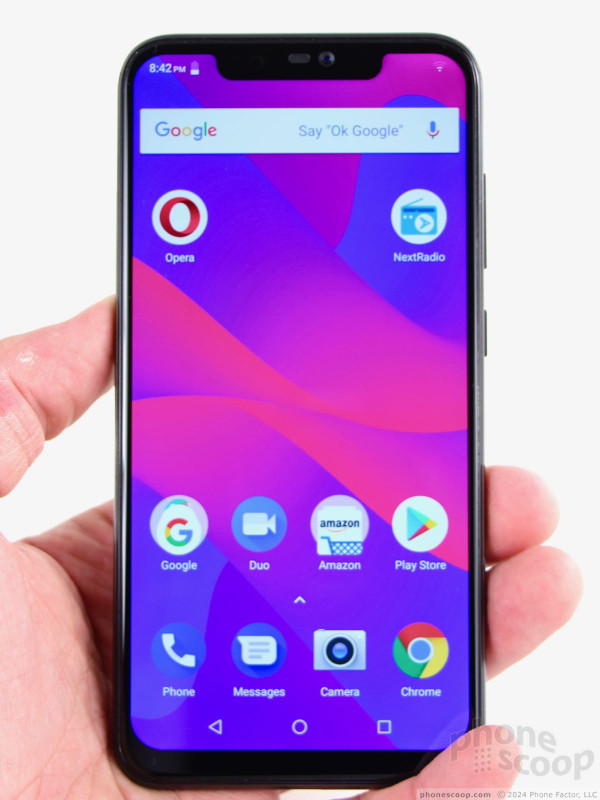










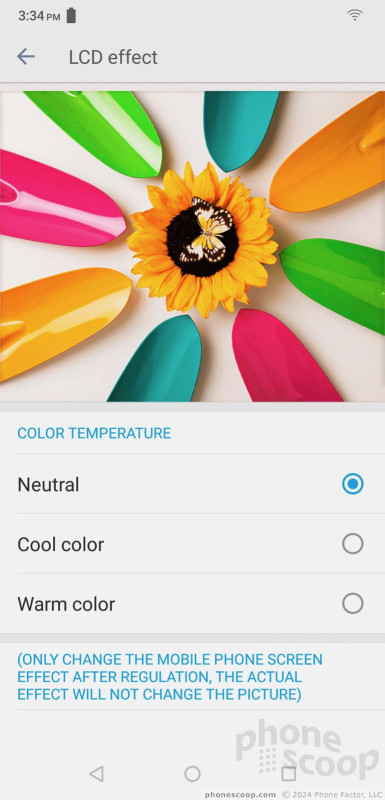




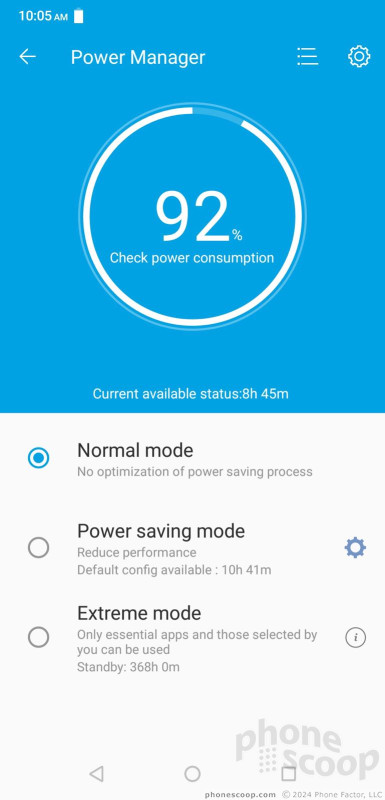




 Blu Debuts Vivo XI+ Flagship with Liquid Design
Blu Debuts Vivo XI+ Flagship with Liquid Design
 iPhone 15 Series Goes All-In on USB-C and Dynamic Island
iPhone 15 Series Goes All-In on USB-C and Dynamic Island
 Samsung Puts its Best Camera Yet in the Galaxy S23 Ultra
Samsung Puts its Best Camera Yet in the Galaxy S23 Ultra
 BLU Vivo XI+
BLU Vivo XI+



